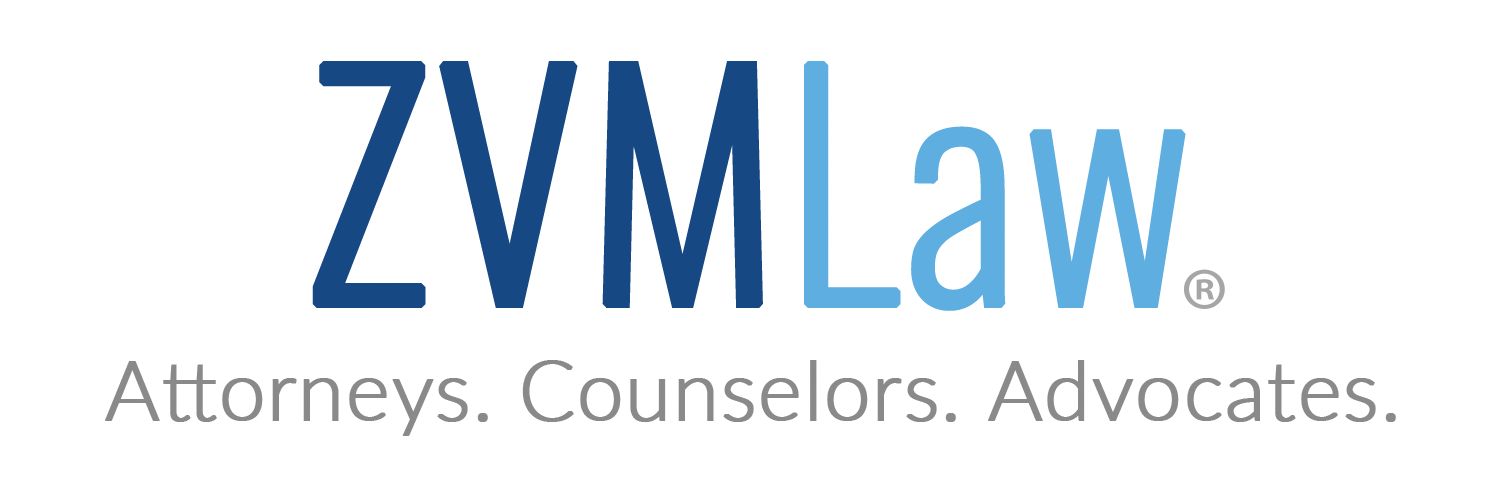Common Misconceptions About Fair Use in Copyright Law
Many people believe that their use of copyrighted material is “fair use” and not copyright infringement. However, a high percentage of those people later find out that their use was not covered by the fair use doctrine. The following are common misconceptions about when the fair use doctrine applies to use of copyrighted material.
THERE WAS NO COPYRIGHT NOTICE
Since March 1, 1989, no copyright notice is required. Therefore, the fact that there was no copyright notice on the material is not a defense to copyright infringement and does not constitute fair use.
IT WAS ONLY A PARAGRAPH (OR THE 10% RULE)
There is no numerical equation for what amount of copying constitutes copyright infringement. Copying even a small portion of a work (e.g., a single paragraph from a novel) can constitute copyright infringement, particularly if the copied portion is a qualitatively substantial or essential portion of the original work.
I DIDN’T MAKE ANY MONEY ON IT
Whether or not one is making money does not matter. Copyright law gives the owner the right to decide who may use the work, whether paid or unpaid.
IT WAS ON THE INTERNET SO IT IS PUBLIC
While material that is truly in the public domain (i.e., a work for which the copyright has expired, or something that is unprotectable such as, for example, ideas or facts) may be copied, nearly all material found on the Internet was created by someone and is, therefore, an original work protected by copyright.
I CREDITED THE SOURCE
Giving credit to the source of a copied work does not mean that the copier is not an infringer — It just means that he or she is not a plagiarist. Acknowledging the source of the copyrighted material does not substitute for obtaining permission to use it.
I CHANGED IT
An individual who copies and modifies protected material most likely infringes the copyright owner's exclusive right to create modified versions of the original work. These modified versions are known as derivative works.

